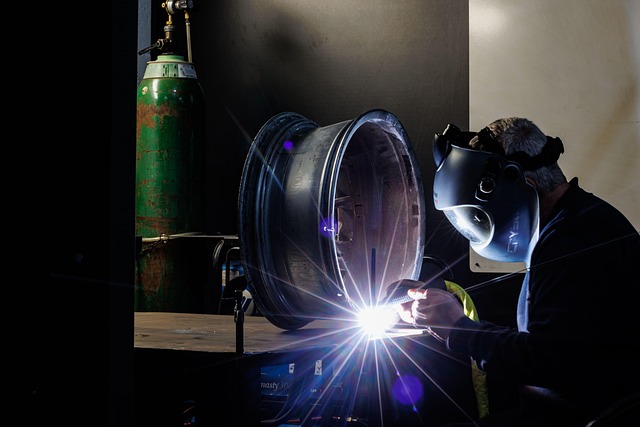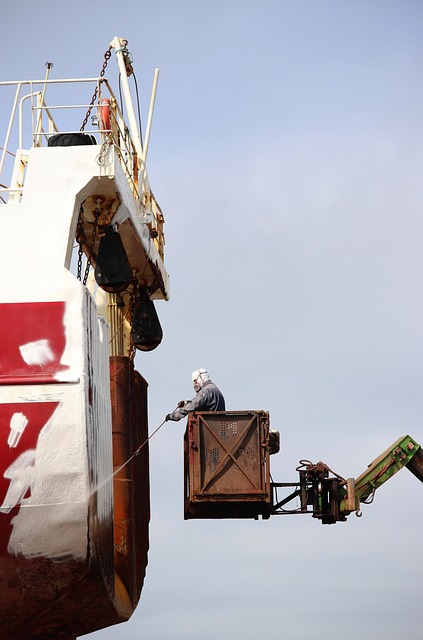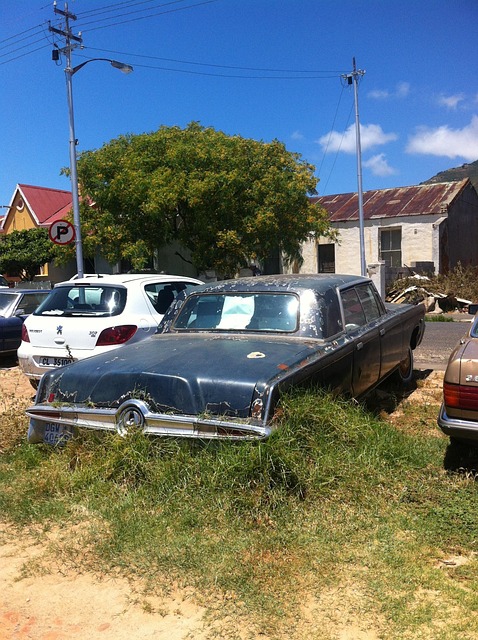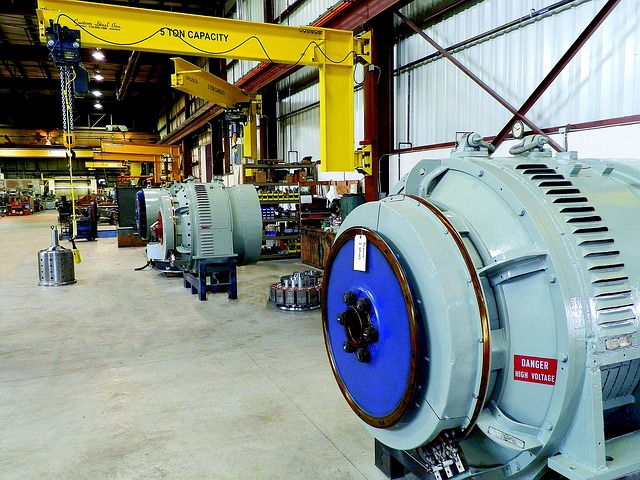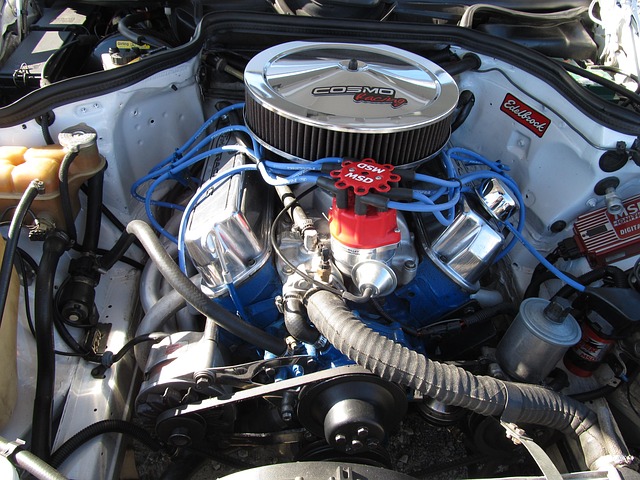Flooded vehicles require intricate, comprehensive repairs due to the extensive damage caused by floodwater, affecting electrical systems, structural elements, and interior materials. Full system replacement is often necessary, offering benefits like thorough inspection, enhanced safety, corrosion prevention, and installation of high-quality parts, ensuring a reliable and safer driving experience post-repair for flooded vehicle owners.
In the aftermath of a flood, repairing a damaged vehicle may seem like a straightforward process. However, flood-affected cars often present complex challenges due to the systemic impact of water intrusion. While exterior repairs might appear successful, internal components interconnected throughout the vehicle’s systems can remain compromised. This article explores why full system replacement may be necessary for comprehensive and effective flood damaged vehicle repair, ensuring safety and longevity.
- The Extent of Flood Damage to Vehicles
- Systemic Impact and Component Interconnection
- Benefits of Full System Replacement for Comprehensive Repair
The Extent of Flood Damage to Vehicles

Flooded vehicles often exhibit a wide range of damage, making comprehensive repairs a complex process. The impact of floodwater can cause significant harm to various components, from electrical systems and electronics to structural elements like the chassis and body panels. Even minor flooding can lead to rust, corrosion, and moisture-related issues that may not be immediately apparent.
Many people underestimate the extent of damage a flood can inflict on their vehicles. Water enters through cracks, seams, and openings, affecting not just the exterior but also interior components. This includes damaged or faulty sensors, compromised safety features, and even warped body panels that require expert straightening. In such cases, repairs might not be as straightforward as fixing a bumper or replacing a few parts; it often necessitates full system replacement to ensure the vehicle is safe, reliable, and fully functional again, reminiscent of the intricate dance of collision center specialists in restoring cars to their pre-flood condition.
Systemic Impact and Component Interconnection

When a vehicle suffers flood damage, it’s crucial to understand that the impact can be systemic and far-reaching. Flood water, often carrying contaminants and debris, can infiltrate various components of a vehicle, leading to more extensive repairs than initially anticipated. Every part of a car—from electrical systems and sensors to mechanical components and interior materials—is interconnected. Thus, even seemingly unaffected areas may require attention due to secondary damage caused by moisture intrusion.
This interconnection is why flood damaged vehicle repair often involves full system replacement rather than isolated fixes. Auto body shops and collision repair centers specializing in such cases meticulously assess every system, component, and subsystem to ensure a complete and safe restoration. This rigorous process accounts for potential hidden damage, ensuring that the vehicle not only drives but also operates reliably and safely post-repair, free from the lingering effects of floodwater exposure.
Benefits of Full System Replacement for Comprehensive Repair

In the event of a flood-damaged vehicle, opting for full system replacement over individual part repairs offers several significant advantages. This comprehensive approach ensures that every component of the vehicle is thoroughly inspected and restored to its optimal condition. Unlike piecemeal repairs, which may leave residual damage or compromise structural integrity, full system replacement guarantees a more reliable and safer driving experience.
By engaging an experienced auto repair shop providing expert body shop services, vehicle owners can benefit from specialized knowledge and advanced equipment. This ensures accurate assessments of water intrusion, corrosion prevention measures, and precise auto frame repair. Full system replacement also facilitates the installation of new, high-quality parts, enhancing overall performance and longevity, which is particularly crucial for critical systems like brakes, electrical, and cooling mechanisms.
When dealing with flood-damaged vehicles, full system replacement may be the most effective approach to ensure comprehensive repair. The interconnected nature of automotive systems means that damage can extend far beyond initial visible signs, impacting various components and potentially causing long-term issues. By replacing entire systems, specialists can mitigate these hidden risks, restore optimal performance, and guarantee a safer driving experience. This method is particularly beneficial for flood damaged vehicle repair, where thoroughness and reliability are paramount.

